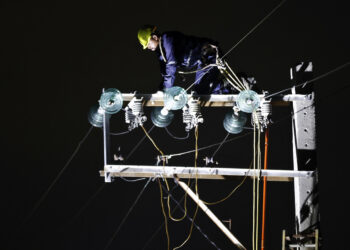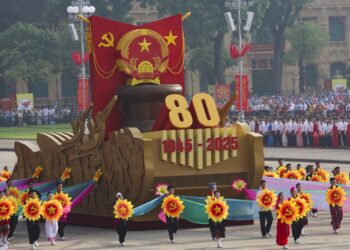The independent professional sector in Cuba is gaining force every day. Some might think that this is a relatively new phenomenon, but actually it has been developing for a number of years, and is gradually managing to become visible, and in recent times, this group has enjoyed a period of bonanza and greater recognition. In the past couple of months, the Cuban public was able to “discover,” in Signs of Life (Señales de vida)—an exhibition at the Wilfredo Lam Contemporary Art Center that ran from March to April—that a strong movement of architects and designers is working independently in this country on contemporary projects. Before the show ended, we spoke with two of its participants: Luis Ramírez and Miguel Garcés, both of whom are members of the group DEKUBA, one of Cuba’s most prestigious design studios, and both of whom are tireless advocates for quality and professionalism in their field.
These designers began their careers like many others: they studied together at the Higher Design Institute (Instituto Superior de Diseño). While they were not in the same graduating class, their common interests drew them together. After performing their required social service in their respective provinces, they ran into each other in 2005 at the Havana International Trade Fair and decided to go into partnership and create DEKUBA. Their first projects were for the hotel industry in Santiago de Cuba, the cays, and the Habana Vieja historic district. Little by little, they went beyond designing spaces and began designing furniture, and that was when DEKUBA defined the work that has made it an essential reference for Cuban contemporary design: on the one hand, constant creation and the pursuit of new forms, responding to modern criteria but at the same time respecting their national identity; and on the other, promoting their work and that of all Cuban designers who have opted for this field, striving to make it more visible and to create interest in the domestic market.
In eight years of work, they have exhibited projects at important international events, such as the Salone Triveneto del Mobile (Italy), the 100 % Design Tokyo (Japan), Stockholm Design Week, and the Biennial of Ibero-American Design (Spain). These events gave them a much broader perspective on Cuba’s needs and possibilities in the field of design. As an interesting anecdote, they recall how in Japan they presented a juicer that immediately sold out—in a market dominated by technology—simply because it was a Cuban product. That, for them, was confirmation of an idea they had been working on for some time: that a national and international market exists that is thirsty for quality Cuban products, products that achieve a formal, functional and technological synthesis while respecting factors that are specific to Cuba: its economy, climate and the dimensions of its homes.
On that, Luis Ramírez commented: “Design is, among other things, synonymous with well-being, development, and a better standard of living. That would be something fantastic for our country’s image. Cuba needs it. The State should understand that design is a fundamental tool for improving people’s quality of life. Much of the furniture that the country imports or that local artisans make is more resource-heavy than the furniture that we make, precisely because no study exists on the consumption of materials. If you change and improve form and function, you can obtain better, higher-quality results with those same resources. We think about our designs in terms of the Cuban context: furniture for small homes, using a minimum of resources, and adaptable to different situations—and enduring. Those should be basic premises.”
After participating in a number of exhibitions and creating the set for the Cuban film Larga Distancia, Luis and Miguel are now at a new stage in their careers: they no longer limit themselves to designing and contracting out the execution of their designs; they are also immersed in the entire creative process in their workshop on Calle Obrapía, between Cuba and San Ignacio streets in Habana Vieja. They hope that at some point they will be able to obtain their materials more economically for meeting individual and wholesale orders, and that they will have a retail space of their own. As the two of them say, “The day that Cuban designers begin competing, the copycat market and ready-made furniture workshops will be over. A whole new perspective will exist.”







